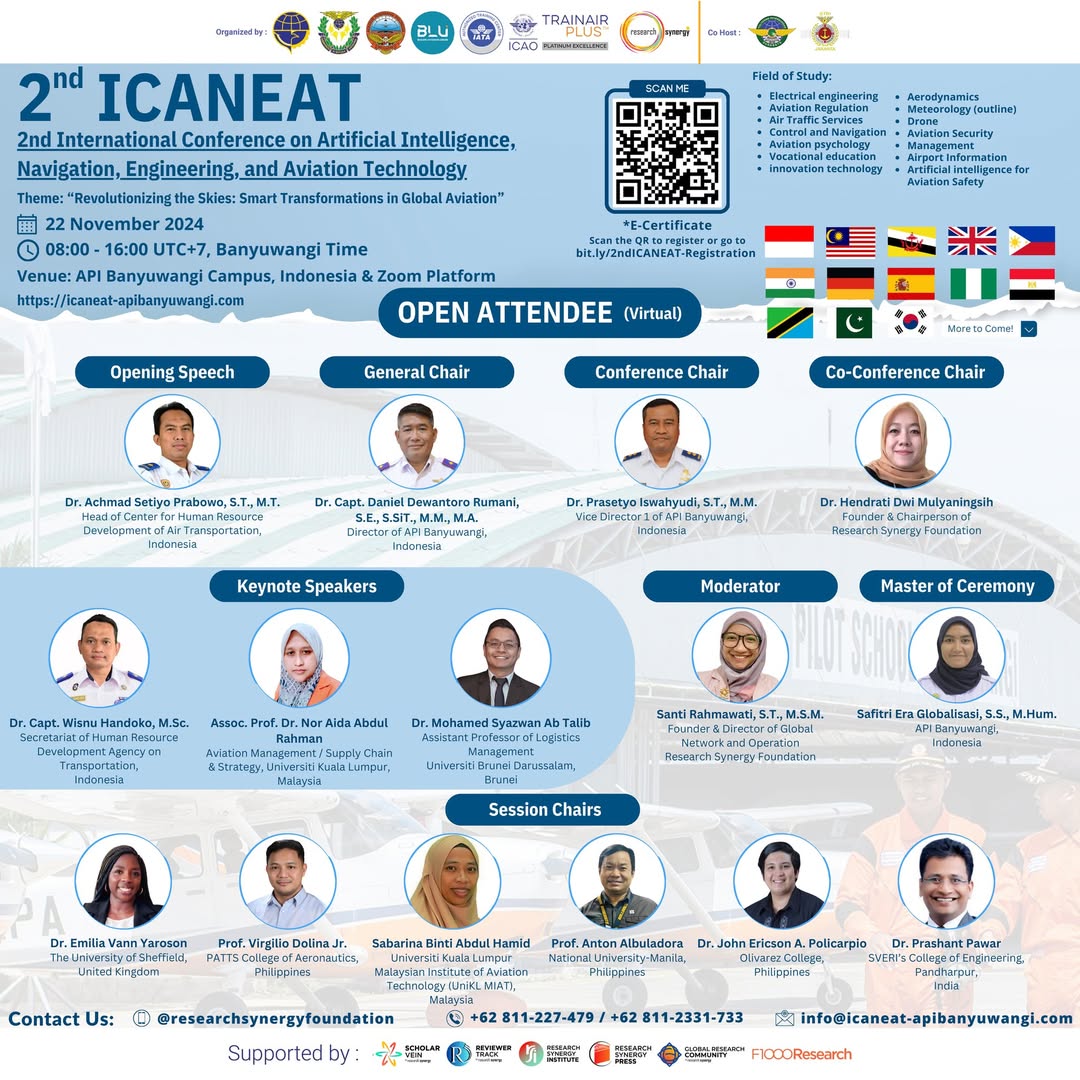Design and Build a Smart Door Lock Home Security System with the Face Recognition Method Based on ESP32 CAM
Keywords:
ESP32_Cam, Solenoid, Face, Detection_component.Abstract
This study aims to design and develop a home security system based on facial recognition technology, using the ESP32-CAM device to unlock the door through the activation of the solenoid. This system utilizes the Haar Cascade algorithm in detecting facial features such as hair, forehead, eyes, eyebrows, nose, and lips. This tool is designed to improve the level of security with a more modern and precise technological approach. The test results showed that the accuracy of the system at a distance of 20 cm was 12%, 40 cm reached 80%, and 60 cm was 16%. Meanwhile, tests with a variety of accessories showed an accuracy of 68% for faces without accessories, 6% for faces with mouth masks, 66% for glasses faces, and 14% for faces wearing headbands. Testing of sabotage attempts using photos showed a detection failure rate of 100%, proving that the system is resistant to such manipulation. The designed system contributes to the development of home security technology that is more effective and adaptive to user needs.
References
1] K. Kimani, V. Oduol, and K. Langat, “Cyber security challenges for IoT-based smart grid networks,” International journal of critical infrastructure protection, vol. 25, pp. 36–49, 2019.
[2] V. Kiran, S. Hooda, S. Dahiya, Y. P. S. Berwal, and R. Kamboj, “IoT-Based 5G Healthcare Systems with Blockchain for Improving the Security of Healthcare Monitoring System,” in The International Conference on Recent Innovations in Computing, Springer, 2023, pp. 809–826.
[3] H. Nasir, W. B. W. Aziz, F. Ali, K. Kadir, and S. Khan, “The implementation of IoT based smart refrigerator system,” in 2018 2nd International Conference on Smart Sensors and Application (ICSSA), IEEE, 2018, pp. 48–52.
[4] A. D. Dwivedi, G. Srivastava, S. Dhar, and R. Singh, “A decentralized privacy-preserving healthcare blockchain for IoT,” Sensors (Switzerland), vol. 19, no. 2, pp. 1–17, 2019, doi: 10.3390/s19020326.
[5] S. Wahyuni, A. Khaliq, H. M. Z. N. Amrul, and A. Akbar, “Innovation of The Sipemang Application Using Qr Code For Monitoring And Preserving Mangrove Ecosystems In Pari City Village,” Journal of Information Technology, Computer Science and Electrical Engineering, vol. 1, no. 3, pp. 172–180, 2024.
[6] S. Wahyuni, A. Khaliq, H. M. Z. N. Amrul, and A. Akbar, “Innovation of The Sipemang Application Using Qr Code For Monitoring And Preserving Mangrove Ecosystems In Pari City Village,” Journal of Information Technology, computer science and Electrical Engineering, vol. 1, no. 3, pp. 172–180, 2024.
[7] S. Wahyuni, A. Khaliq, H. M. Z. N. Amrul, and A. Akbar, “Designing a Website-Based Kota Pari Village Mangrove Application with the Agile Scrumban Method,” in International Conference on Artificial Intelligence, Navigation, Engineering, and Aviation Technology, 2024, pp. 415–419.
[8] Patel, A., et al. (2022). "Face Detection Using Haar Cascade." International Journal of Computer Vision.
[9] Gomes, R., et al. (2021). "ESP32 Integration with IoT Applications." IoT Journal.
[10] Turki, M., & Pentland, A. (1991). "Eigenface for Introduction." Journal of Cognitive Neuroscience.
[11] Widiarto, H., Koswara, I., Nasution, D., Wahyuni, S., & Sulistianingsih, I. (2023, December). Smart Food Box Design with IoT Based Android Monitoring System. In 2023 Eighth International Conference on Informatics and Computing (ICIC) (pp. 1-6). IEEE.
Downloads
Published
Issue
Section
License
Copyright (c) 2025 Charla Tri Selda Manik, Zella Ananda (Author)

This work is licensed under a Creative Commons Attribution-ShareAlike 4.0 International License.









